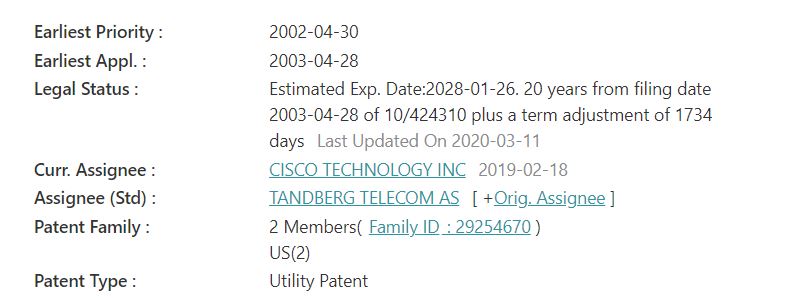Table of contents
- What Is a Patent Priority Date and How Is It Different From the Filing Date?
- Why Is the Patent Priority Date so Important?
- Is There More Than One Type of Patent Priority Date?
- Can a Patent Priority Date Be Maintained or Lost?
- 3 Essential Things to Remember About Patent Priority Dates
What Is a Patent Priority Date and Is It Different From the Filing Date?
The priority date of a patent relates to the earliest filing date from within a family of patent applications. When the matter involves just one patent application, the priority date would be the filing date of the single application.
If there are more than one related patent applications involved, the patent’s priority date would then be the filing date of the first patent filing that initially revealed the invention.
The priority date may also apply to the earliest filing date of a specific characteristic of an invention. Consequently, it is reasonable to have various priority dates if additional features were included in any additional applications.

Wish to find out about a patent priority date? Click here.
Why Is the Patent Priority Date so Important?
The patent priority date is how we ascertain whether or not a different patent filing or publicly obtainable document passes as prior art against your application.
Ordinarily, applications filed earlier than your priority date and records that are available to the public and were published before your priority date will be acknowledged as prior art.
Is There More Than One Type of Patent Priority Date?
According to different situations, the priority date can be any one of the following:
- If the earliest-filed application was filed out of the US/abroad, the priority date would be the filing date of the non-US application.
- If the initial filing was a non-provisional application, the non-provisional filing date would then be the priority date.
- If the earliest-filed patent application for an invention was a provisional application, the priority date would be the filing date of the provisional application.
Can a Patent Priority Date Be Maintained or Lost?
Keeping the earliest priority date is favored because the USPTO works under a first-to-file rule. A priority date can be both maintained and lost, especially when a patent family is concerned.
Most commonly, a priority date can be lost due to not changing a provisional to a non-provisional within 12 months from the provisional filing date. Having to then re-file the provisional consequently means a later priority date, which then opens up the possibility of more prior art being used against the filer.
International or foreign filings should take place within 12 months of the US priority date except when a PCT application is filed to extend the deadline for US applications to be filed in each specific foreign country.
3 Essential Things to Remember About Patent Priority Dates
- The priority date is when you can protect a patent from. After this date, an invention can be made public.
- To work out the patent expiry date, as a guide, you can add 20 years to the filing date. Check out our article about patent expiration date for more details.
- As soon as your patent has been granted, you can take legal action such as patent invalidation against patent infringers. Start your invalidity search with Patent Search.
Try out Patent Search by Patentcloud for free today!


